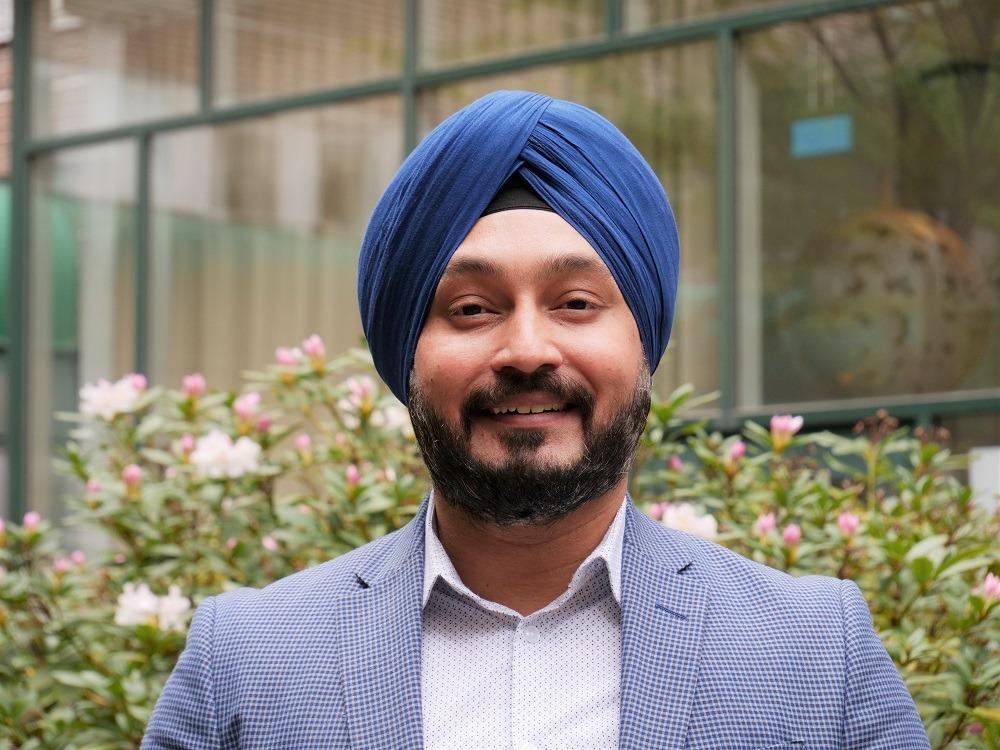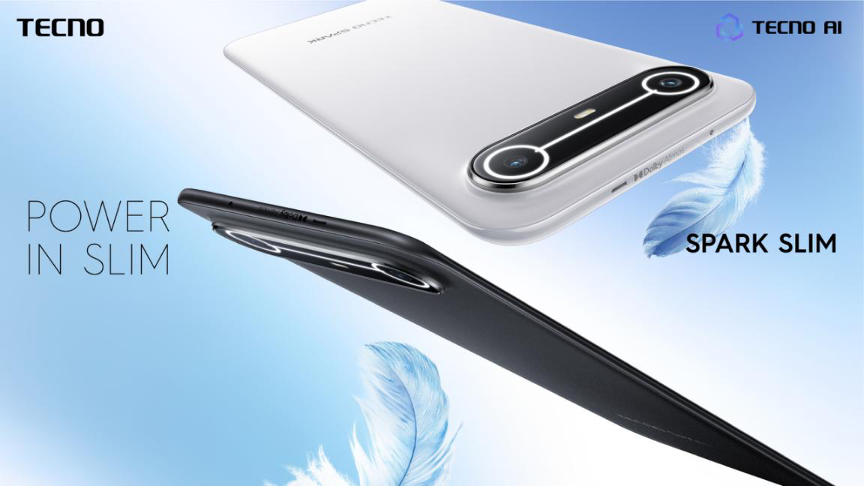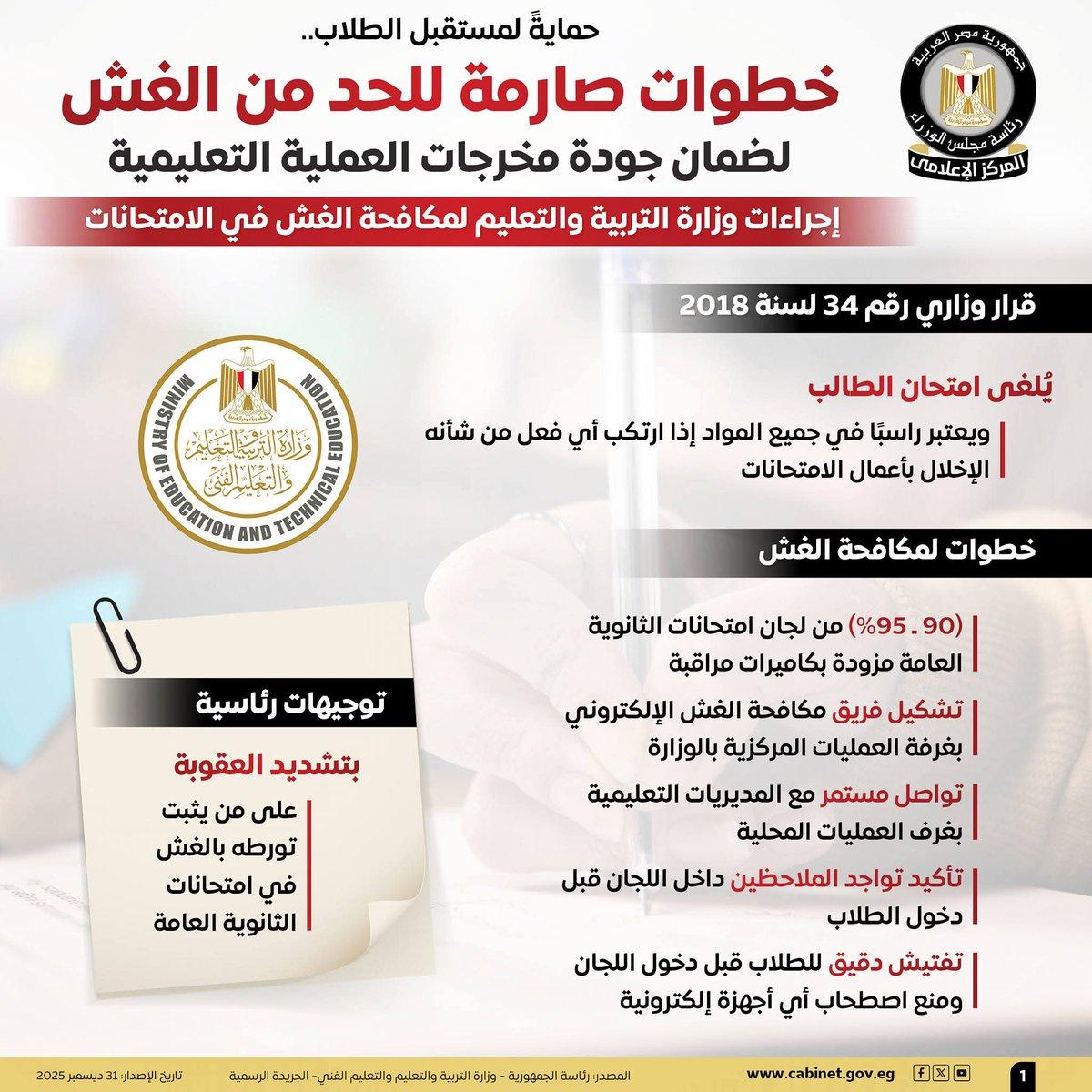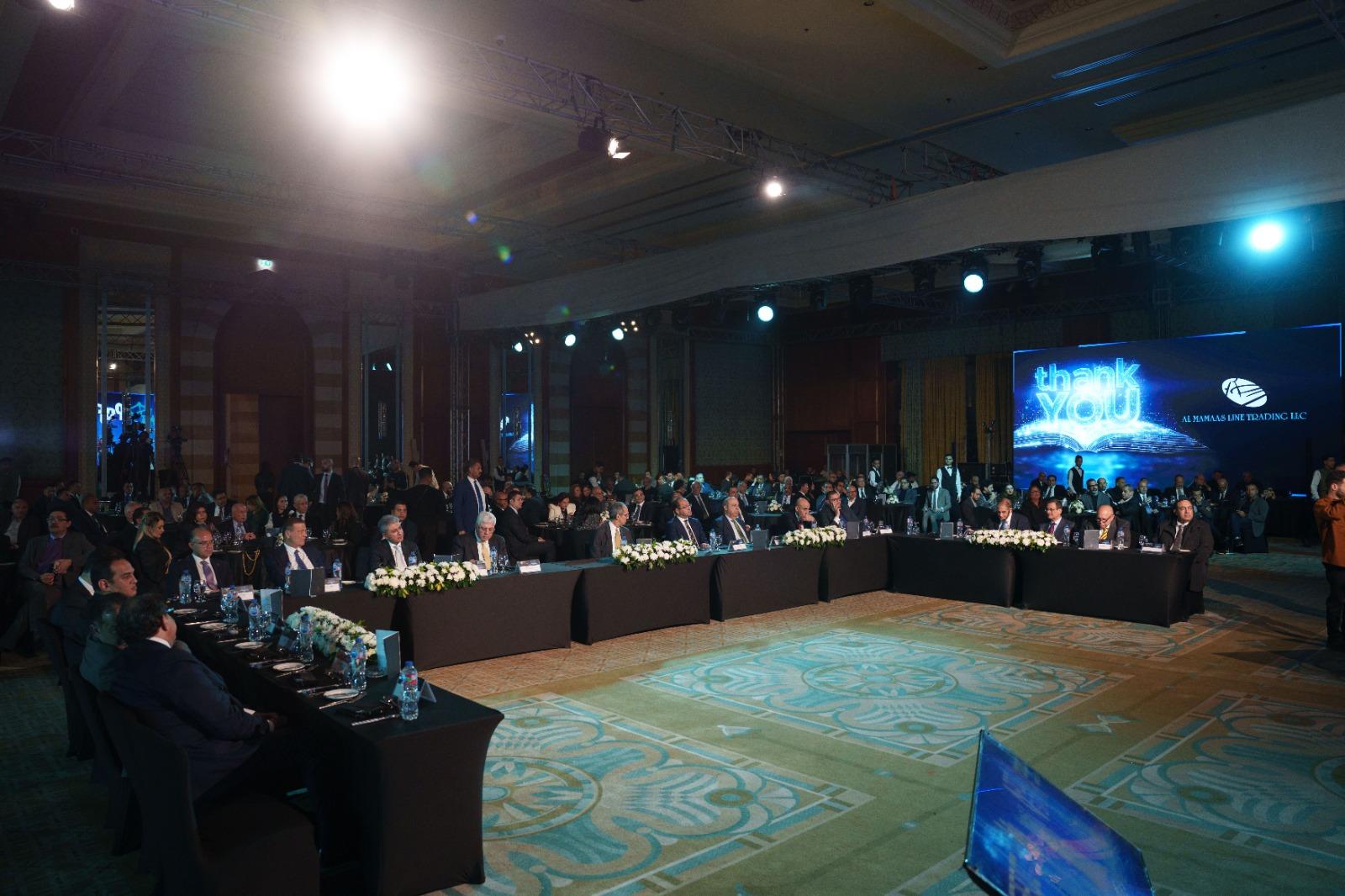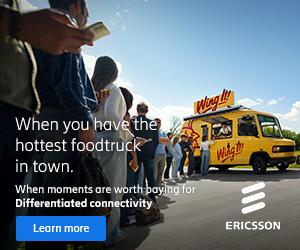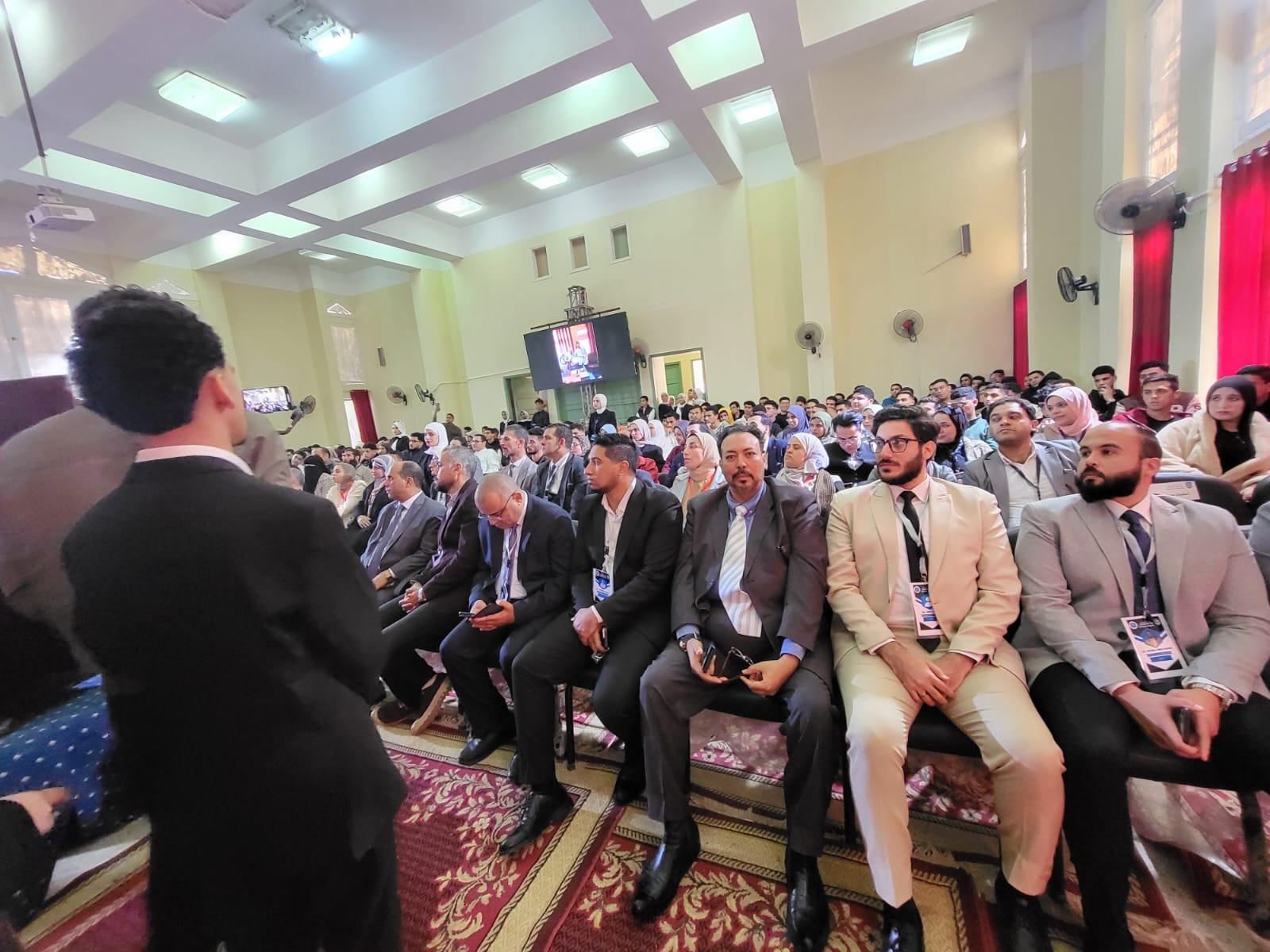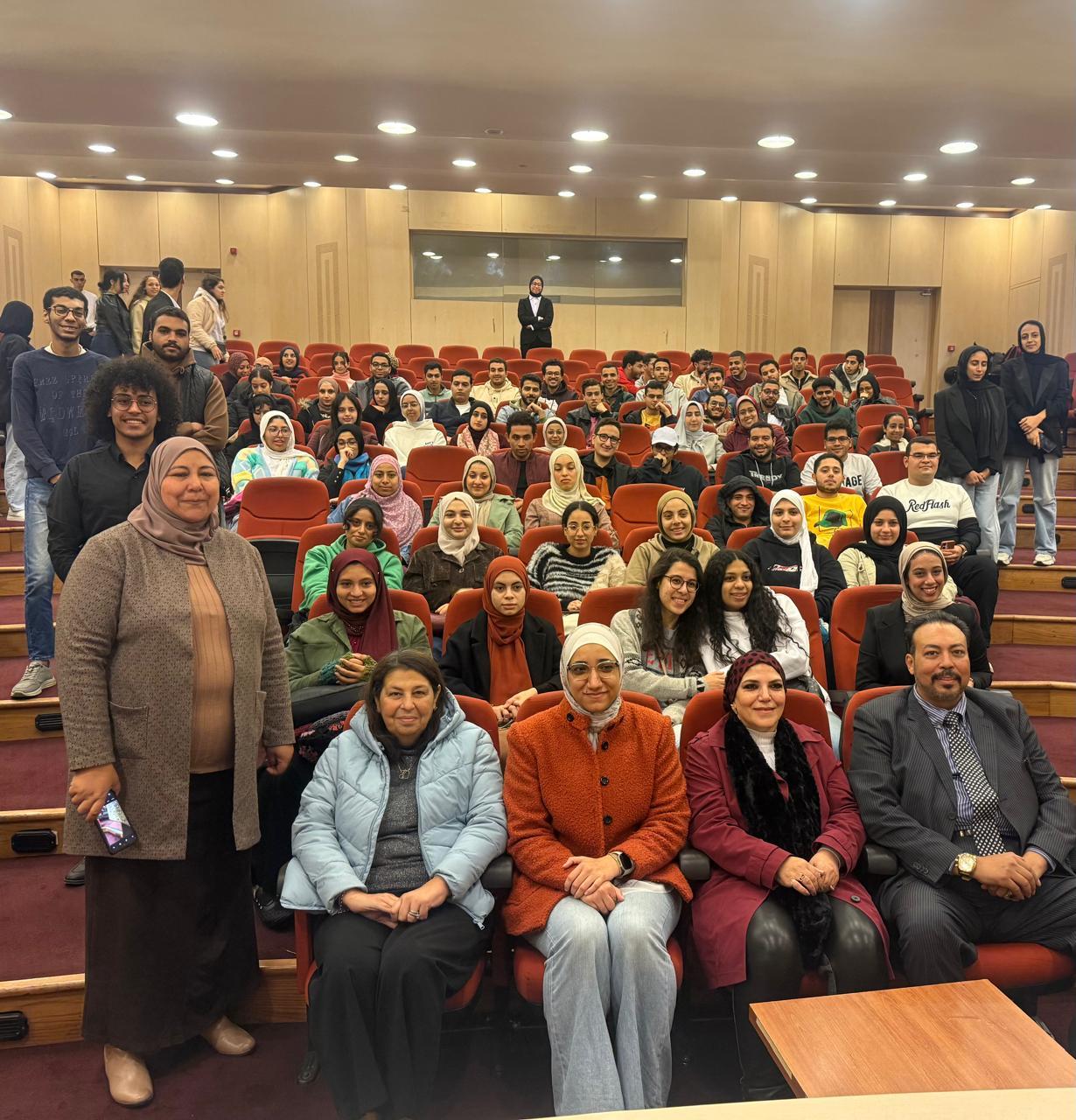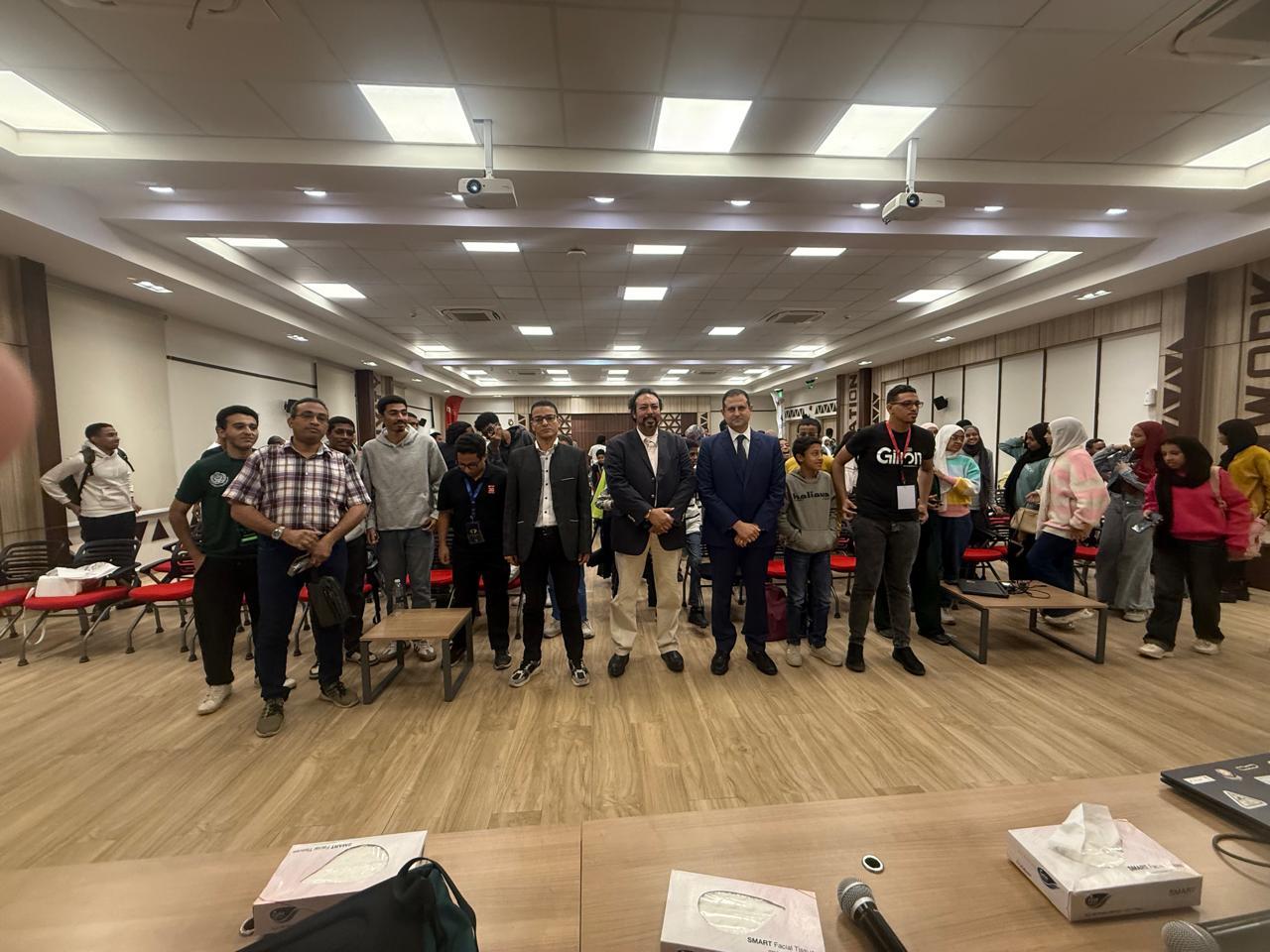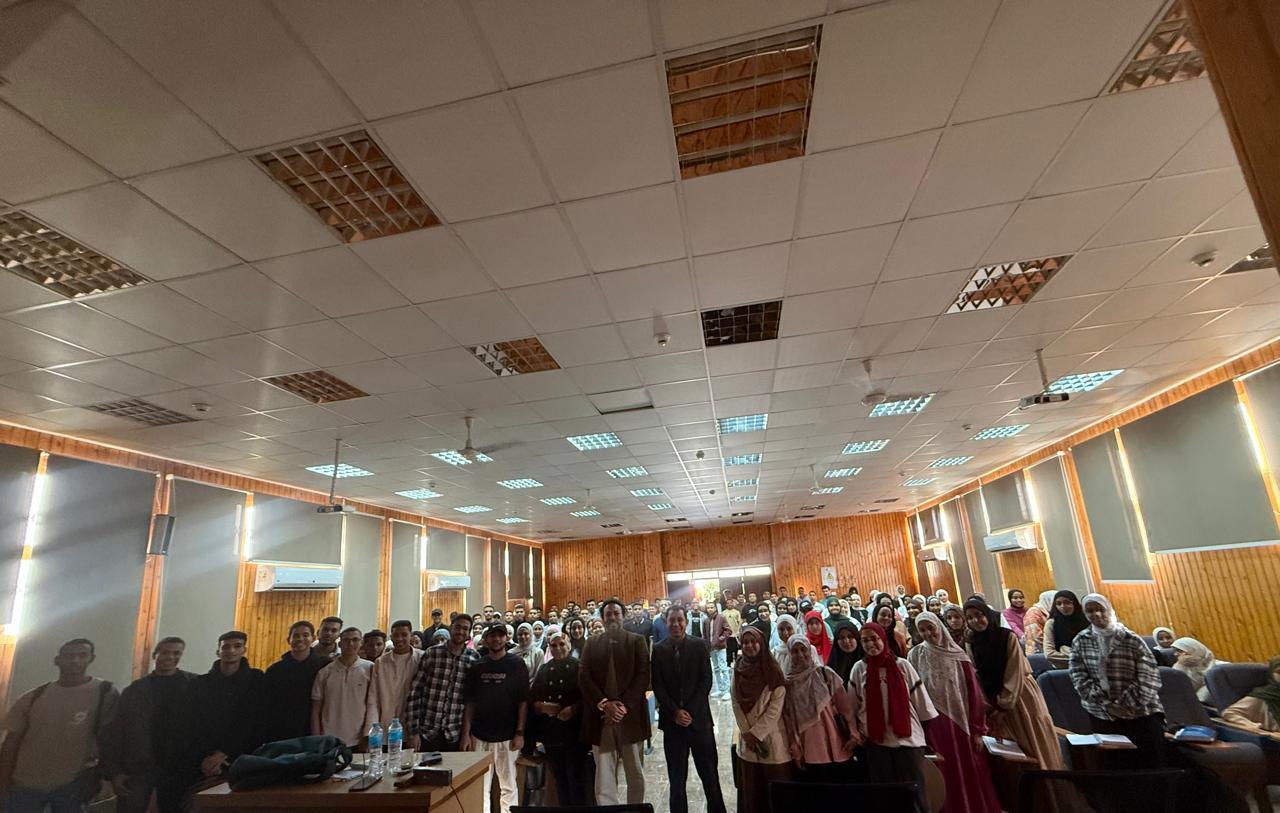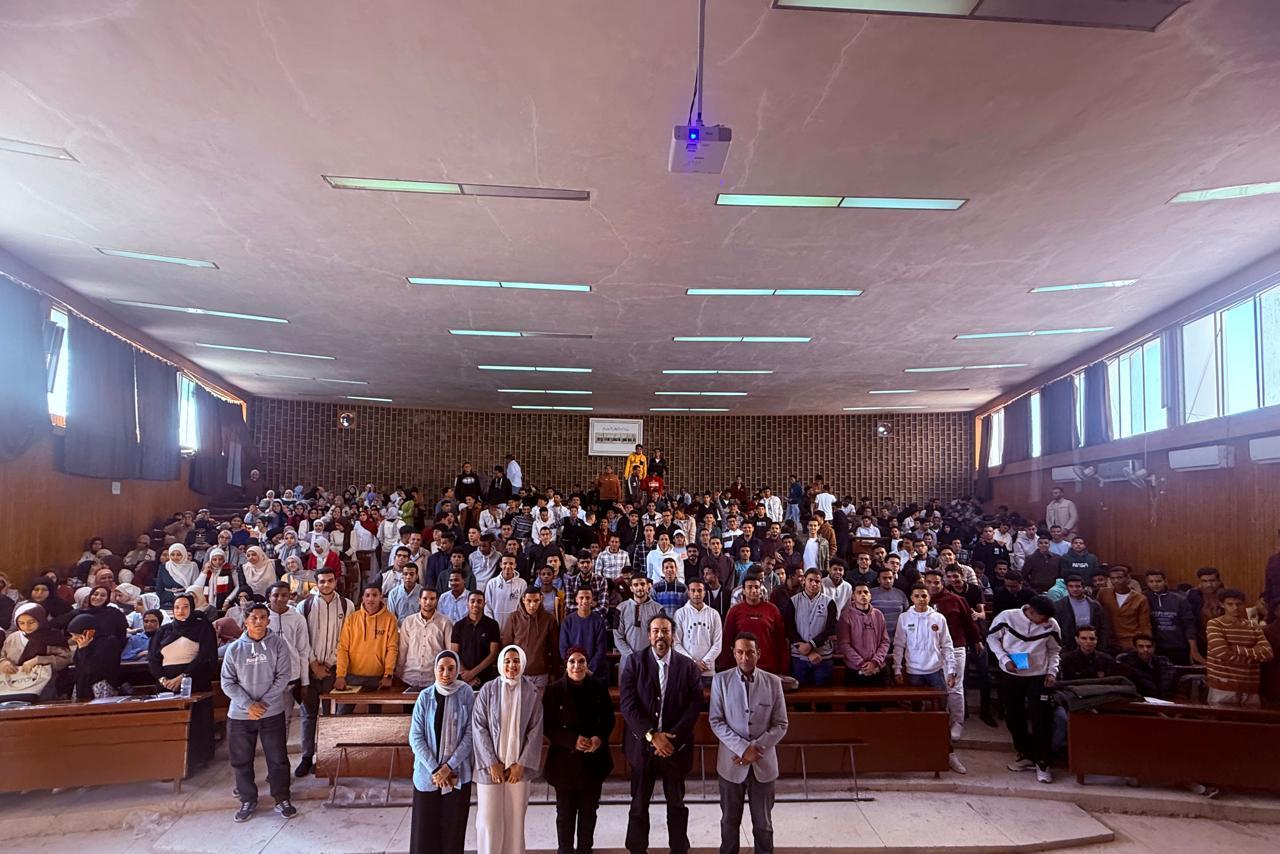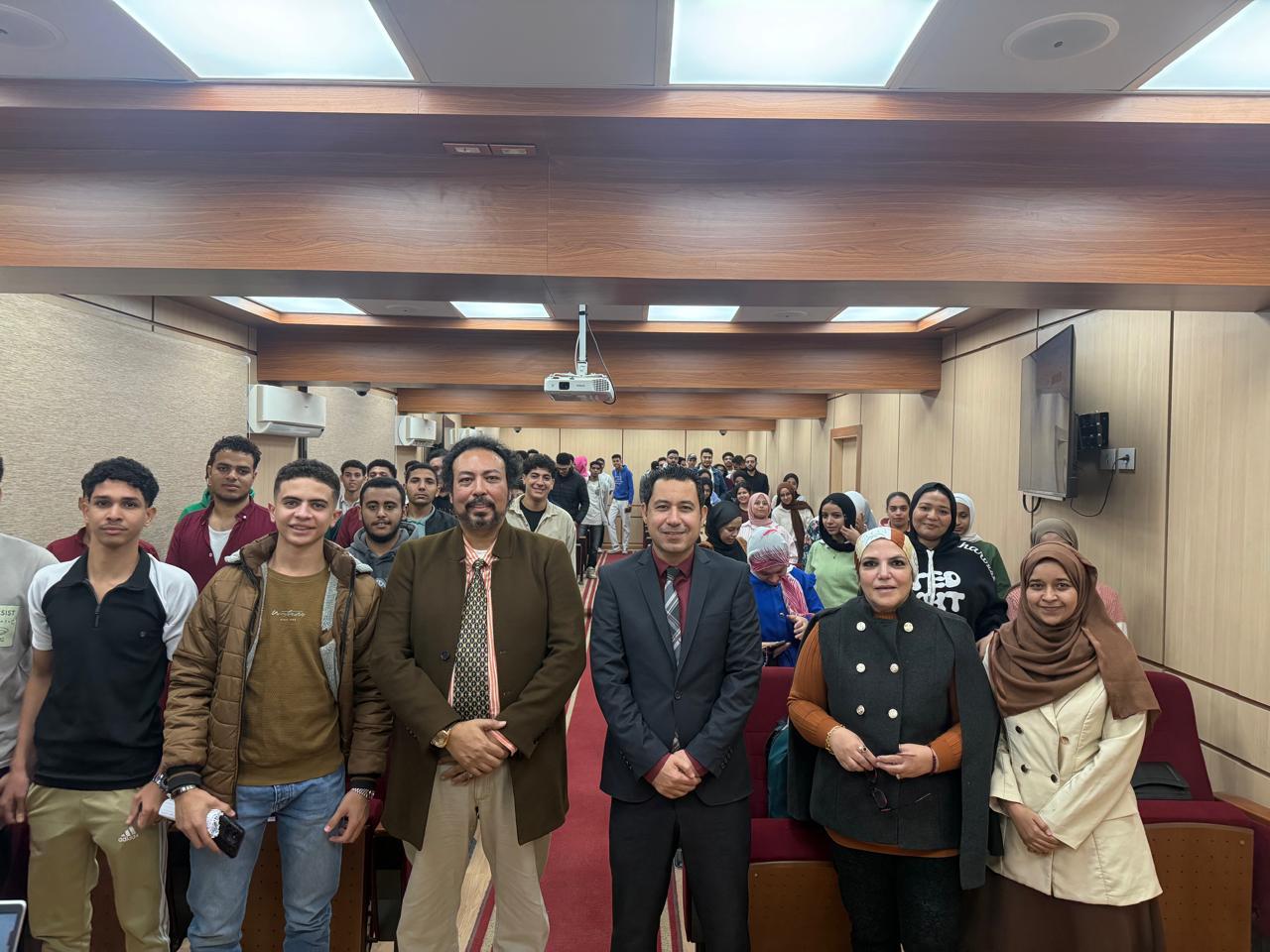- Largest 5G consumer study to date captures opinions equivalent to 1.3 billion consumers and 220 million 5G users globally
- 5G users spend more time with cloud gaming and Augmented Reality (AR), while 20 percent have decreased usage of Wi-Fi on their phones at home and other locations after upgrading
- Seven-in-ten 5G users expect more innovative services and apps, with indoor coverage rated two times more important than speed or battery life for early adopters
By : Basel Khaled
A new report by Ericsson (NASDAQ: ERIC) ConsumerLab highlights the impact that 5G is already having on smartphone users worldwide including the GCC and what they expect the technology to deliver in the future. Indoor coverage is one of the focus areas to emerge from the consumer research, with one-in-five 5G users already reducing Wi-Fi use on their phones indoors because of the benefits of 5G mobile connectivity.
The report - Five Ways to a Better 5G - is the result of the largest global 5G consumer study to date. Covering consumer sentiment and perception in 26 markets - including Kingdom of Saudi Arabia, Oman, Qatar, and the United Arab Emirates - the Ericsson ConsumerLab study methodology is representative of 1.3 billion smartphone users globally, including 220 million 5G subscribers.
The report explores key trends behind the adoption, use and perception of consumers with and towards 5G. In Saudi Arabia, early adopters of 5G are satisfied with the speed, and 60 percent want more innovative apps and services. The report also finds that there was a 7 percent increase from March 2019 to December 2020 regarding consumer intention to upgrade to 5G. Additionally, 25 percent of consumers in Saudi Arabia have a 5G device but are still on a 4G subscription
highlighting a readiness to embrace the technology. In Oman, 20 percent of respondents affirm having a 5G phone but are still on a 4G network. Another key report finding reveals that in Oman, 35 percent of 5G potential users are expecting innovative data offerings from a 5G plan.
In Qatar, the report finds that more users are satisfied with 5G compared to 4G. 13 percent of respondents in Qatar have a 5G phone but are on a 4G network highlighting broader consumer readiness for the technology. The early adopters in Qatar are satisfied with network performance and 47 percent want more innovative apps and services.
In the UAE, the report found that there has been a 6 percent increase from March 2019 to December 2020 in the intention to upgrade to 5G. Additionally, 24 percent of respondents in the UAE have a 5G phone but on a 4G network thereby highlighting broader consumer readiness for the technology. Another key report finding reveals early adopters in the UAE are satisfied with speed and 81 percent want more innovative apps and services.
A key report finding reveals 70% of current 5G Fixed Wireless Access (FWA) users in Saudi Arabia are satisfied with the service. The report also highlights how 5G is already beginning to trigger new use behaviors. 5G early adopters in Saudi Arabia spend 3 hours more per week on live video streaming and 1.5 hours more on Augmented Reality (AR) apps than 4G users. 19 percent of users in Saudi Arabia reduced use of Wi-Fi at home and other locations after upgrading. In Oman, UAE and Qatar, early adopter 5G users spend an average of two hours more on cloud gaming and one hour more on augmented reality (AR) apps per week compared to 4G users.
In Qatar, 5G users spend one hour more per week on streaming HD videos, and around 0.5 hour more on online multiplayer gaming. Moreover, 29 percent of users in Qatar say they have decreased their Wi-Fi usage on their phone after upgrading. On the other hand, 5G users in the UAE spend 3 hours more per week watching live video streams and 1.5 hours more on AR apps compared to 4G users. Additionally, 20 percent of users in the UAE have decreased their Wi-Fi usage after upgrading.
Covid-19 lockdowns and movement restrictions mean that the vast majority of 5G early adopters’ regular experiences with the technology have been indoors. As a result, early adopters indicate that indoor coverage is two times more important than speed or battery life in delivering satisfactory 5G experiences.
The report also outlines five ways for communications service providers (CSPs) to meet consumer expectations both in the immediate and longer terms, including:
- addressing the knowledge gap by educating and better marketing the value of 5G to consumers. 24 percent of smartphone users in the UAE have a 5G phone but are still on a 4G plan.
- ensuring consistent quality of indoor and outdoor 5G coverage
- adapting to network requirements for new 5G services
- focusing on consumer intent to envision new 5G use cases
- accelerating availability of existing and new use cases through ecosystem partnerships
Jasmeet Singh Sethi, Head of ConsumerLab, Ericsson Research, says: “So far, analyses of 5G network experiences have mostly focused on 5G speeds and availability based on independent network measurements. But it is equally important to understand how 5G early adopters perceive that experience. With Ericsson ConsumerLab’s five recommendations and insights, CSPs can encourage 5G adoption and meet consumer expectations.”
Read the Ericsson ConsumerLab: Five Ways to a Better 5G report here.
Ericsson 5G
Ericsson ConsumerLab Report: Harnessing the 5G consumer potential
Ericsson ConsumerLab: Ericsson Startup 5G
Ericsson: 5G for consumers: unlock a world of opportunities
